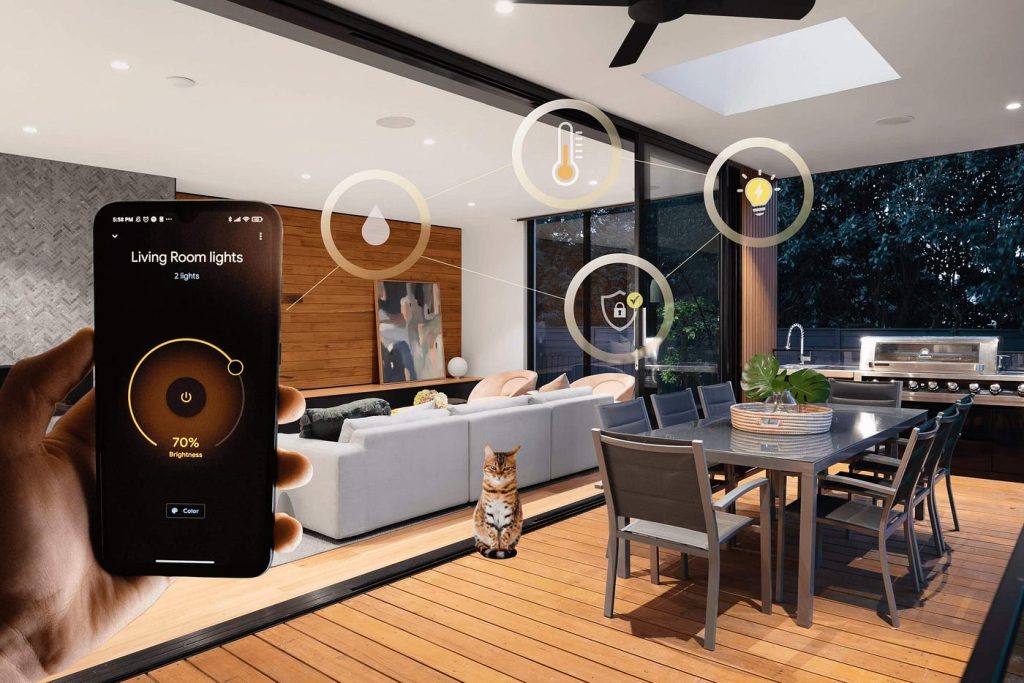The idea of having a “smart home” has transitioned from futuristic fantasy to a practical reality for many. Home automation offers unmatched convenience, efficiency, and security, making it a popular choice for households worldwide. But with so many options on the market, how do you choose a system that aligns with your lifestyle?
This blog will guide you through the important considerations when selecting a home automation system. From understanding your needs to prioritizing features, budgeting, and future-proofing, we’ve got you covered.
Assess Your Needs
Before jumping into the world of home automation, take time to evaluate your unique lifestyle and priorities. Ask yourself questions like:
- What are my primary goals for home automation (e.g., security, energy savings, convenience)?
- Are there pain points in my daily routine that automation can solve?
- Who will interact with the system? Are there family members or roommates who need ease of use?
For example, a small apartment dweller may prioritize energy management and entertainment, while a family home might emphasize security and convenience for their loved ones. Defining what matters most to you will help narrow down your options.
Explore Different Systems
Not all home automation systems are created equal. Understanding the two primary types will help you decide what’s best for your household.
DIY vs. Professional Installation
- DIY Systems are perfect for tech-savvy individuals comfortable setting up and managing their system. They are generally lower in cost and allow for a highly customized experience.
- Professional Installation offers a hands-off approach, making it ideal for those who want expert design and setup. While typically more expensive, these systems come with long-term support.
Open vs. Closed Platforms
- Open Platforms work with a wide range of devices, providing greater flexibility. However, they may require additional effort to keep everything integrated smoothly.
- Closed Platforms ensure seamless compatibility out of the box but often limit you to specific brands and devices, reducing flexibility.
Key Features to Consider
When evaluating home automation systems, focus on features relevant to your goals. Here’s a breakdown of common categories to explore:
Security
- Smart doorbells, cameras, and entry sensors help protect your property. Many setups also link to emergency services for added peace of mind.
Energy Management
- Smart thermostats, lights, and power outlets allow you to monitor and optimize energy usage, reducing electricity bills.
Entertainment
- Enjoy integrated control over TVs, speakers, and streaming services. A home automation system can create a more cohesive and enjoyable digital experience.
Convenience
- Automate everyday tasks like locking doors, adjusting lighting, and managing appliances with voice commands or app controls.
Choose features that align with your priorities while ensuring they’re compatible with your existing devices.
Budget Planning
Home automation doesn’t have to break the bank, but understanding the costs will save you from surprises. Consider the following factors when budgeting:
- Initial Costs: These include purchasing devices, equipment, and installation if needed.
- Ongoing Fees: Some systems require monthly subscriptions for advanced features or cloud storage.
- Potential ROI: Over time, energy-efficient devices and added security can provide significant savings or enhance property value.
Having a clear budget in mind will help you balance cost and functionality without sacrificing quality.
Installation and Setup
The complexity of installing a home automation system varies depending on your chosen option.
- For DIY systems, setup generally involves connecting devices to a central hub, downloading an app, and configuring user preferences. Many manufacturers provide step-by-step guides or videos to make this process simple.
- For professional systems, technicians will design, install, and integrate everything for you. This is ideal if you’re looking for a stress-free experience or have a more complex property.
Ensure any professional installation team is certified and has experience with the system you’re choosing.
Privacy and Security
With connected devices, privacy and security are key considerations. Follow these best practices to protect your data:
- Use strong, unique passwords for every device and application.
- Regularly update software and firmware to patch vulnerabilities.
- Enable two-factor authentication wherever possible.
- Understand the privacy policies of your devices and avoid systems with questionable practices.
Be proactive about security to ensure your automation system enhances safety instead of exposing you to risk.
Future-Proofing Your System
The tech world evolves rapidly, so it’s important to invest in a system that can grow with your needs.
- Scalability: Ensure your system can handle additional devices and connections without slowing down.
- Compatibility: Choose platforms that support industry standards to avoid being locked into outdated technology.
- Regular Updates: Look for systems with a strong track record of software updates and improvements.
Planning ahead will make your investment in home automation worthwhile for years to come.
Final Thoughts
Finding the right home automation system doesn’t have to be overwhelming. By assessing your needs, exploring options, setting a budget, and focusing on security and future-proofing, you can build a smart home that perfectly fits your lifestyle.
Want to take the first step? Research systems or consult a professional to identify what works best for your household. Your smart home is just a few choices away!

